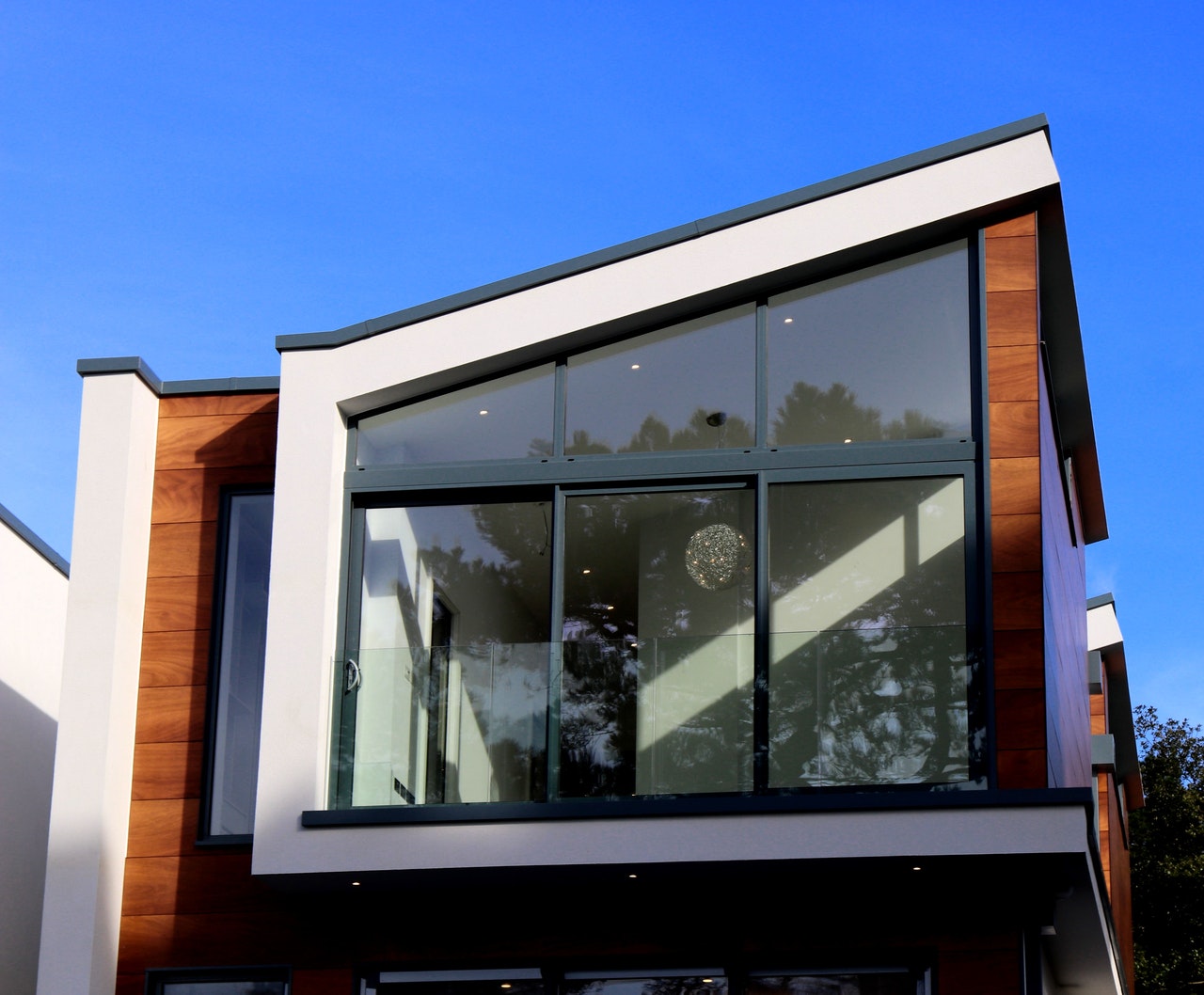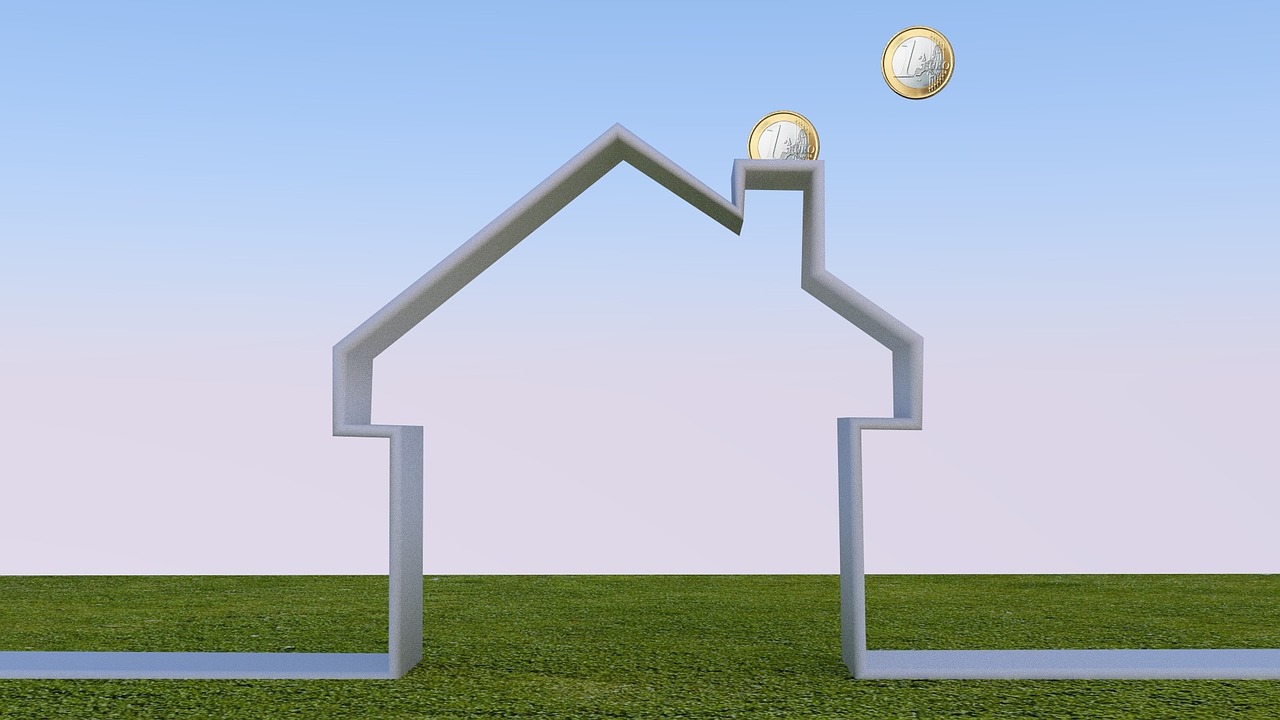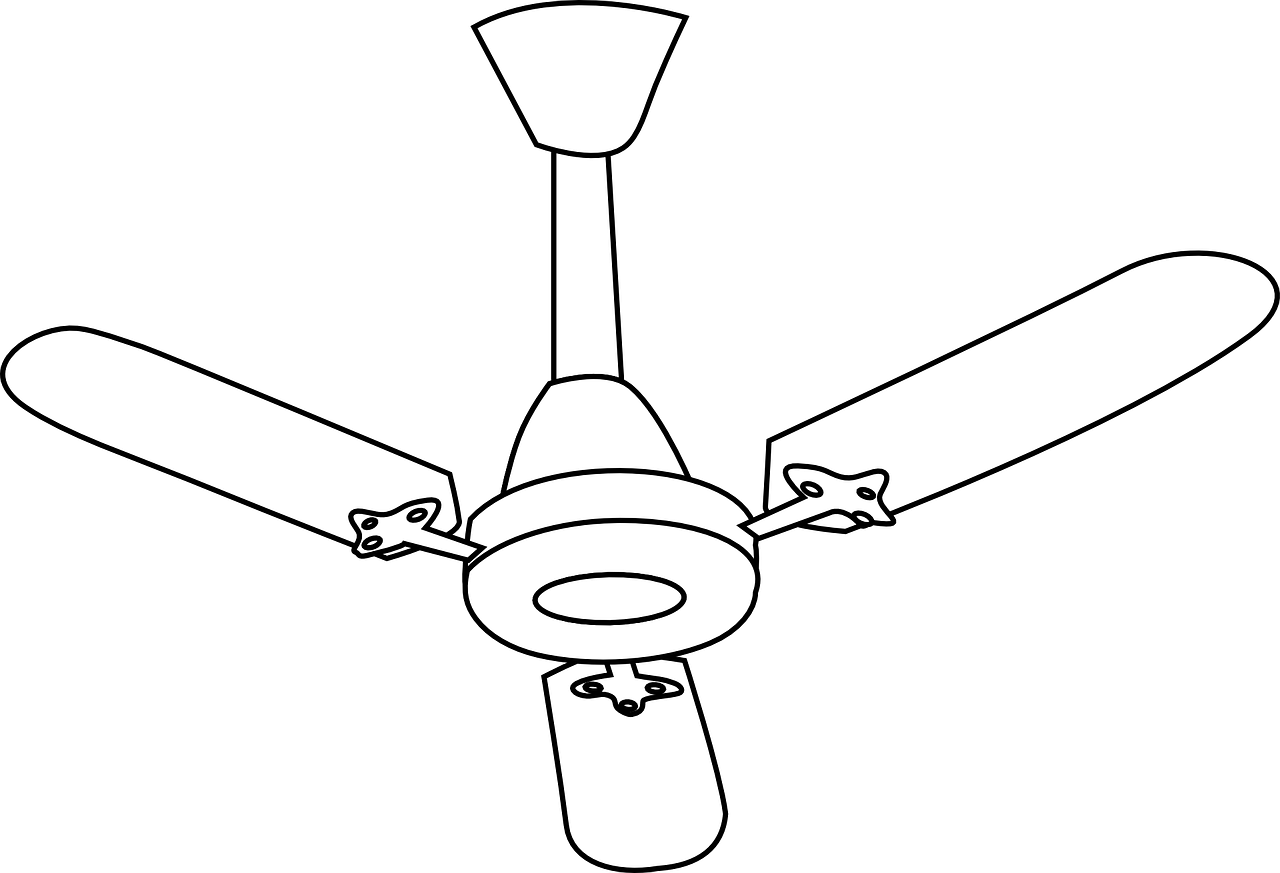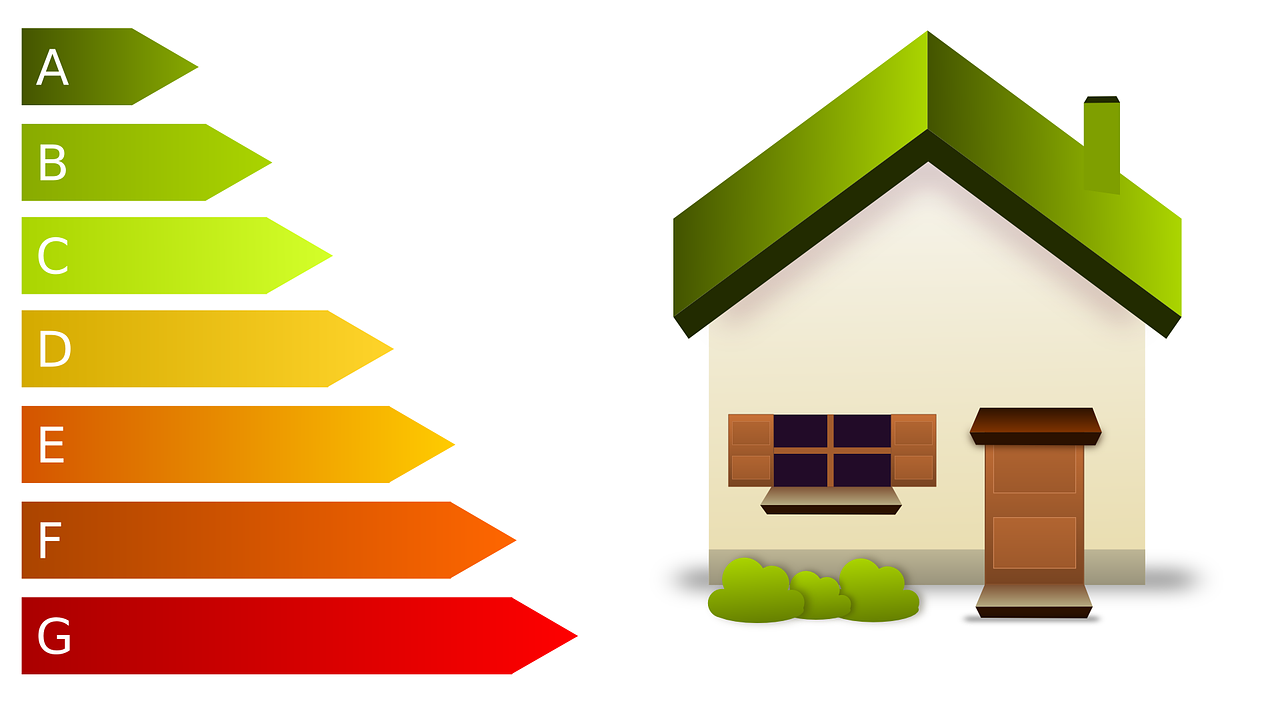15 Ways To Make Your Building More Energy-Efficient
One of the most important things to consider whenever you want to make any renovation or improvements to your home or building is energy efficiency. Aside from boosting the resale value of your building, making your home or office, energy-efficient comes with several other benefits. So, in this article, we will take a look at some ways to make your building more energy-efficient.
- Make use of the sun
Let’s start with the simplest tip – make use of the sun. During warm seasons, there is absolutely no need to turn on your heating system when you can simply open the windows and allow the warmth of the sun in. Making use of the sun will cost you absolutely nothing and instead help you to save a lot of money on energy bills.
- Don’t over adjust the thermostat
Ensuring efficient thermostat habits can go a long way to helping you save a considerable amount on your energy bills every month. The rule is very simple – during warm days, do not crank down the thermostat with the belief that doing so will let the building cool down faster. The mistake here is that, when you over adjust the thermostat, the chances are that you will need to adjust it again when the room becomes too cold. And what happens in such a case is that you have wasted extra energy in trying to cool the room rapidly. This may sound insignificant after one or two attempts. But when such an inefficient thermostat habit continues, you will be piling up extra energy and, in that effect, extra energy bills. The best thing to do is to set the temperature to the heating required and wait for it to get cool. The same rule should be applied when trying to turn up the temperature.
- Use a programmable thermostat
We are still on the topic of thermostats. If nurturing an efficient thermostat habit is a problem at home (perhaps as a result of stubborn kids), then it is best to instead invest in a programmable thermostat. A programmable thermostat can automatically turn the heat to a lower temperature every night time or every time the warmth is not needed. This will help efficiently manage your energy system and also help save a lot on energy bills. Some types of programmable thermostats also come with features that allow you to set weekly schedules. A programmable thermostat is even more beneficial for people living in cold climate areas.
- Install double pane windows
 Most windows can take up to 20% of the surface area of a building. Thus, if there are cracks or leakages in your windows, then you can be sure that they are leaking out heat or letting in cold air. What this means basically is that you are throwing a considerable amount of money out the window every month. Also, when compared to double-paned windows, single-pane windows do not offer high insulation value. Installing double-pane windows will create an insulating air gap and, as a result, block the transfer of heat.
Most windows can take up to 20% of the surface area of a building. Thus, if there are cracks or leakages in your windows, then you can be sure that they are leaking out heat or letting in cold air. What this means basically is that you are throwing a considerable amount of money out the window every month. Also, when compared to double-paned windows, single-pane windows do not offer high insulation value. Installing double-pane windows will create an insulating air gap and, as a result, block the transfer of heat.
- Only warm-up rooms you use
If you live in a large home, there is no need to warm up every room in the building. You can turn off the radiators or close the vents in the rooms that you do not use often and get only the rooms you use regularly. In addition to that, you can also add more clothing layers during cold weather. Simply put on more comfortable clothes or clothes that hold more heat. You can also warm your bed at night with a hot water bottle.
- Repair leaking ductwork
Cold air and hot air are distributed throughout the entire building by the central air system’s ductwork. Thus, if your ducts are poorly insulated or leaky, the HVAC system of your building will not be able to make full use of its cooling and heating power. You can use metal foil tape or caulking to seal off any exposed ductwork. But to be certain that the ductwork of your central air system is giving you its full compliments, hire the service of a professional to conduct regular inspection on the system. A professional will not only check for any signs of leakages but will also conduct air duct cleanings.
- Seal the chimney
 Whenever it is summer, be sure to seal off your chimney by closing the damper. Over a period of time, constant cooling and heating can cause the chimney to warp. This will negatively affect how well it seals off, and a leaking damper will obviously affect the temperature. If you suspect that there is any leakage in your damper, get a professional to replace it. Alternatively, you can also try using an inflatable chimney balloon. It is designed to form a tight seal in your flue when inflated.
Whenever it is summer, be sure to seal off your chimney by closing the damper. Over a period of time, constant cooling and heating can cause the chimney to warp. This will negatively affect how well it seals off, and a leaking damper will obviously affect the temperature. If you suspect that there is any leakage in your damper, get a professional to replace it. Alternatively, you can also try using an inflatable chimney balloon. It is designed to form a tight seal in your flue when inflated.
- Humidify your home
If you live in a smaller home, then you can try humidifying your home instead of turning on the heating system every day. A humidifier produces air that feels warmer and can help to increase the temperature of the room during cold days. Thus will go a long way in helping to reduce monthly energy bills considerably. In addition to this, using a humidifier comes with the extra benefit of making you feel even more comfortable as it helps to prevent the discomfort that comes from dry winter skin and scratchy throat.
- Install an attic insulation
The roof of your home is responsible for letting out a huge chunk of warm and cold air. This translates into a huge chunk of monthly energy bills. One way to solve this is by installing attic insulation. Depending on the level of your insulation needs, you can consider adding more layers of more batting type insulation. However, if you have a fibreglass or loose-filled cellulose, then make sure to hire the service of a professional in order to get expert advice before you begin the work.
- Use architectural cladding
Architectural cladding does not only make your building look beautiful, but they are also very efficient when it comes to providing insulation for your home or office. Architectural cladding is basically the application of one material over another in order to provide a skin or layer. When it comes to construction, this process is used to provide some level of thermal insulation as well as resistance to changing weather conditions. There are several companies, such as the Architectural Cladding Suppliers that offer different ACS cladding projects.
- Use ceiling fans
 The good old ceilings are very beneficial when it comes to energy-efficiency as they help to cut down energy bills considerably no matter the weather or season. All you need to know is how to set them up in different temperatures. When the weather is cold, set the fans to spin in a clockwise direction as doing this will help to circulate warm air. This means that you can adjust your thermostat to a lower setting in order to help you save energy costs.
The good old ceilings are very beneficial when it comes to energy-efficiency as they help to cut down energy bills considerably no matter the weather or season. All you need to know is how to set them up in different temperatures. When the weather is cold, set the fans to spin in a clockwise direction as doing this will help to circulate warm air. This means that you can adjust your thermostat to a lower setting in order to help you save energy costs.
- Use the outdoor energy of the summer
Summer comes with a number of energy-saving options. For example, instead of using large energy-absorbing appliances to heat your home, take advantage of the summer period to opt for outdoor activities. For example, instead of cooking with the oven or stove, you can use the BBQ rather. You can also take advantage of the outside wind and warmth to dry all your laundry outside. When indoors, you can also turn off the lights and open the windows instead to bring direct sunlight into your home.
- Add some insulation to your home
We have already made mention of the insulation benefits of installing architectural cladding. But there are other ways of adding insulation to your home. For example, you can insulate under the floorboards on the ground. You can also add insulation to solid walls as well as cavity walls that let heat through. And if your home does not come with insulation tanks, pipes and radiators, you have them installed.
- Adjust your water tank thermostat
A significant percentage of the energy that your home consumes goes straight into heating your water. Thus, an effective way of saving some energy is by adjusting the thermostat of your water tank by lowering it a few degrees can help make a big difference at the end of the month. This can combine to save you a lot of money on energy bills every year. You can opt for a temperature setting of about 60 degrees Celsius or 120 degrees Fahrenheit. However, be sure to add a mixing valve to prevent the temperature at the tap from scalding you. Bear in mind that any temperature that is below 60 degrees Celsius can put your health at risk.
- Wash your clothes with cold water
Your washing machine is capable of consuming more energy than your dishwasher and shower put together. Thus, make it a regular habit to wash your clothes in cold water. Alternatively, you can invest in large washers as they come with larger capacities. Also, you should replace your washer if it is more than a decade old.

